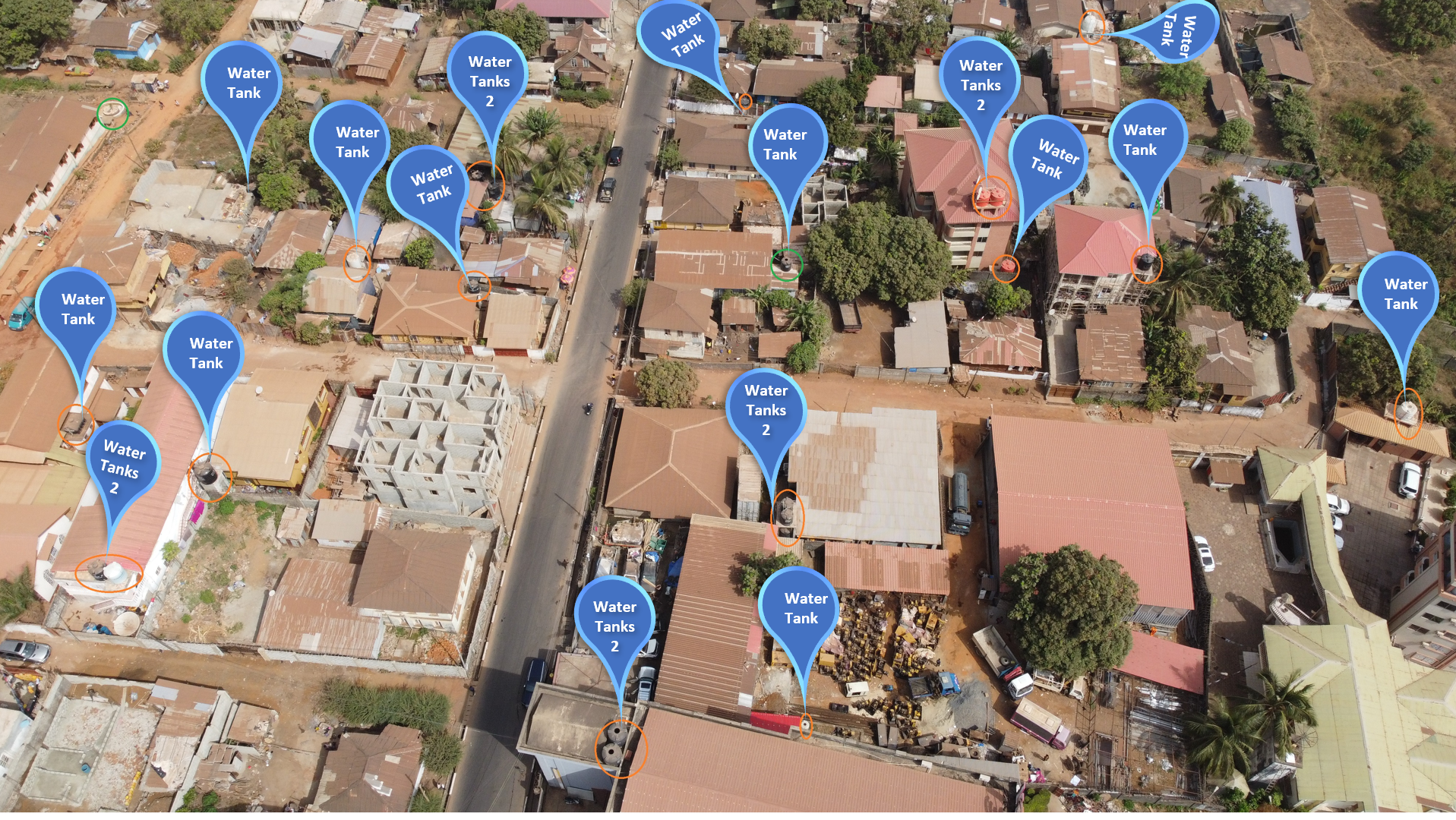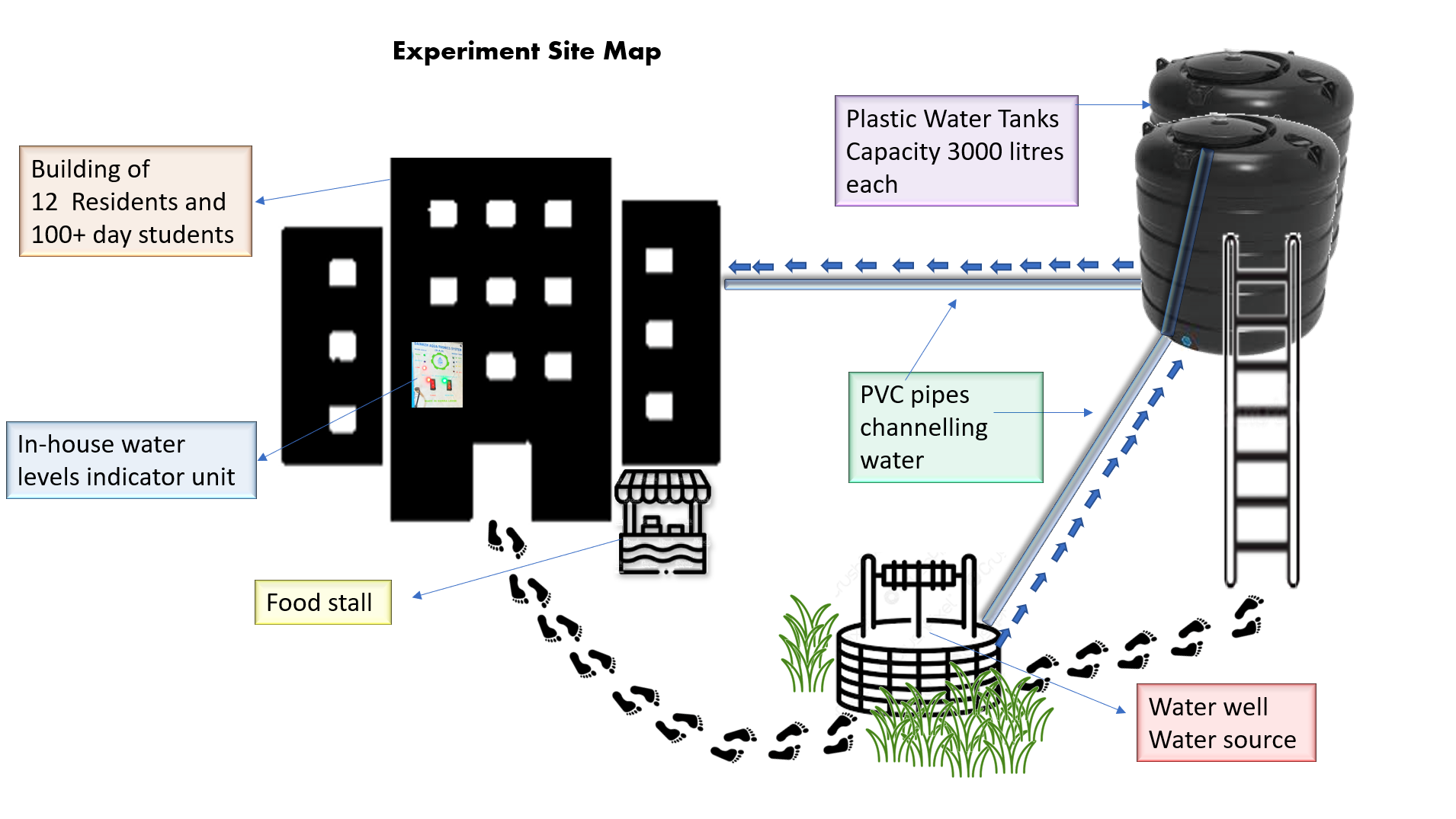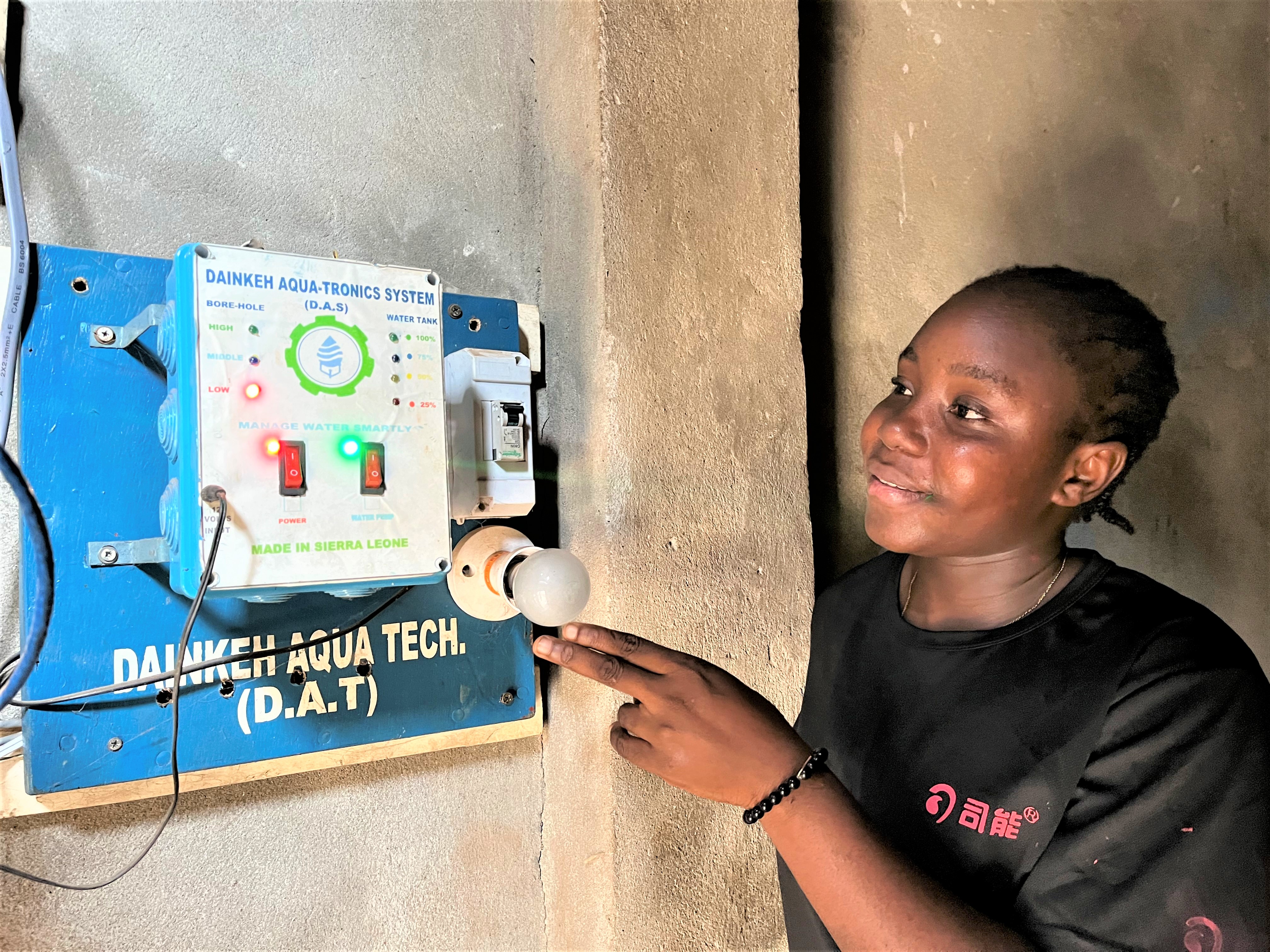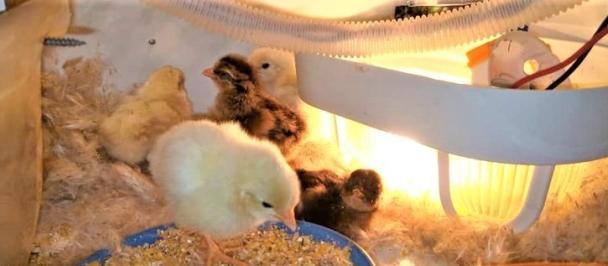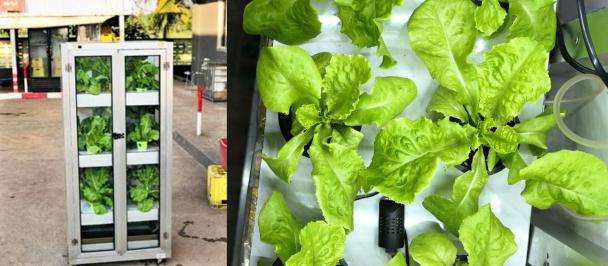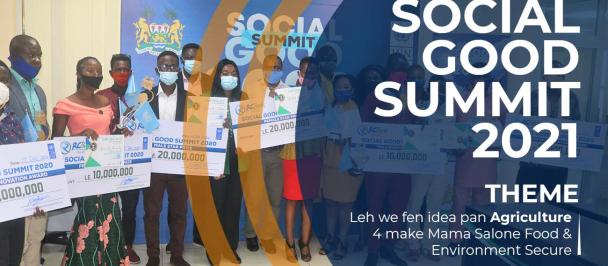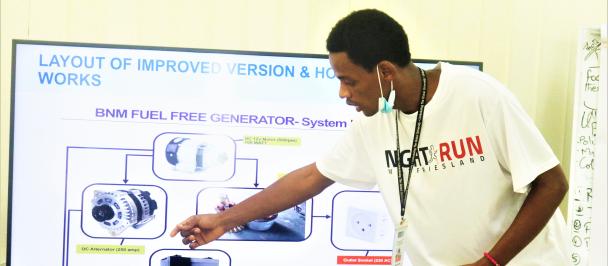By: UNDP Acclerator Lab Sierra Leone Team (Tuzlyn Bayoh, Head of Experimentation; Akinyemi Scott- Boyle, Head of Solutions Mapping and Benjamin Rogers, Head of Exploration) and Ibrahim P. Dainkeh, a local Innovator
Photo showing drone shot of elevated tanks on rooftops in the neighbourhood UNDP CO. Photo Credit: @ UNDP
‘Wilful waste makes woeful want’, a wise old saying that rings true even in today’s world. A caution that should guide the administration and use of resources available to us, whether it is about food, water, or energy. What if there is wastage not because of an excess supply but a wastage borne out of the need to adapt to a challenge? Solving one problem while creating another?
Access to safe drinking water from improved water sources has been a problem in Sierra Leone over the years, influencing the increase of infection from waterborne diseases. The Sierra Leone Multi Indicator Cluster Survey (Statistics SL, 2017) reports that there has been a gradual increase in national water supply coverage from 57% in 2010 to 67% in 2017 (approximately an additional 1.375 million people had access)
UNDP, like other development partners, continues to support the Government of Sierra Leone to increase water supply coverage to unserved areas not covered by the national grid supply. We are doing this by deploying stand-alone innovative and tailor-made solutions nationwide such as the construction of 5 spring box systems, drilling of 160 boreholes with solar-powered water pumps, installation of 6 rainwater harvest systems and gravity water systems providing access to safe and clean water to over 20,000 people living in marginalized communities.
There are also the underserved areas where the supply of pipe-borne water from the national grid is rationed, for example in Western Area. This condition is influenced by several factors being overpopulation due to rural-urban migration that increases the demand for water and overstretched systems with weak infrastructure, which continue to limit expansion. To adapt to this reality, inhabitants have also evolved by installing personal reservoirs, in the form of plastic storage tanks of varying colours and capacities based on the extent of the need, to help regulate water supply to meet their daily household needs.
Installed on rooftops and on standalone towers, which is the most common in the city, these storage tanks have become valuable assets for households over the years, as they are durable and built to withstand weather conditions. They have been very instrumental in reducing the tension caused by water shortages within these underserved communities but has also created an added water management burden on inexperienced consumers.
The Experiment
The household water tanks are usually opaque and elevated to increase pressure as the water flow is gravity driven. As a result of this elevated positioning, monitoring water levels become a problem for most users. For instance, a very common practice to know when the tank is full is when it overflows, which can go on for hours if attendants are not attentive. Another usual occurrence is for water to suddenly stop flowing from the tanks due to wrong water level estimations that are informed/ guided by the tank’s sound when tapped or opening of the cover to gauge levels using ladders every time.
Hopefully, that will be the old way of doing this, as UNDP has funded the development of a prototype system known as the Dainkeh Aqua-Tronics System, an automated device designed to take the inconveniences away with zero water wastage.
A one-time installation of the various components of the device was done to 1) regulate the inflow of water into two 3000 liter capacity tanks, including the monitoring of water levels inside the well, which served as the water source, and 2) Provide accurate water level readings for users without the need of going to the tanks. This water management system served a 3-floor building with 12 permanent residents and day occupants of up to 80 students, as it is also occupied by a vocational school for three (3) months.
Observations and Learnings
Photo showing Aqua-Tronics system developed by a local innovator. Photo Credit: @UNDP.
At the end of the 3 months of testing, the following were observed:
1. The system has an indicator board installed at the ’ser's desired location for ease of monitoring. This board should reflect the status of water content within the respective enclosures.
- Borehole Measurement (High: green light indicator- 100% to 50%) Middle: blue light indicator: 50% – 25% Low: red light indicator: 25% - 0%
- Tanks Measurement: Green light indicator:100%; blue light indicator: 75%; yellow light indicator: 50%; red light indicator: 25%
Random documented measurement tests were jointly conducted with users to verify indicator readings.
2. It was observed that the entire water management process was automated with no need for human intervention after installation. The refilling process occurred automatically with the thresholds for the auto-refill subject to the user’s preference. For this experiment refill threshold was set for the 25% mark for the tanks.
3. From tests conducted with occupants, it was also observed that the indicator board design to communicate water levels was flexible enough to cater to both literate (both light & % readings) and non-literate (light indicators) monitors.
4. Since installation, there were no reported interruptions due to systems failure or maintenance requests.
5. The system requires an energy source, and for this experiment, electricity supply from the national grid and generator was used to be fully functional and display accurate readings. From closing interviews with users and monitors, it was clear that Aquatronics is an efficient solution that gives you one less thing to worry about. With technical and financial support from UNDP, the innovator Ibrahim Dainkeh has now developed a product that has been tested and is market ready.

 Locations
Locations